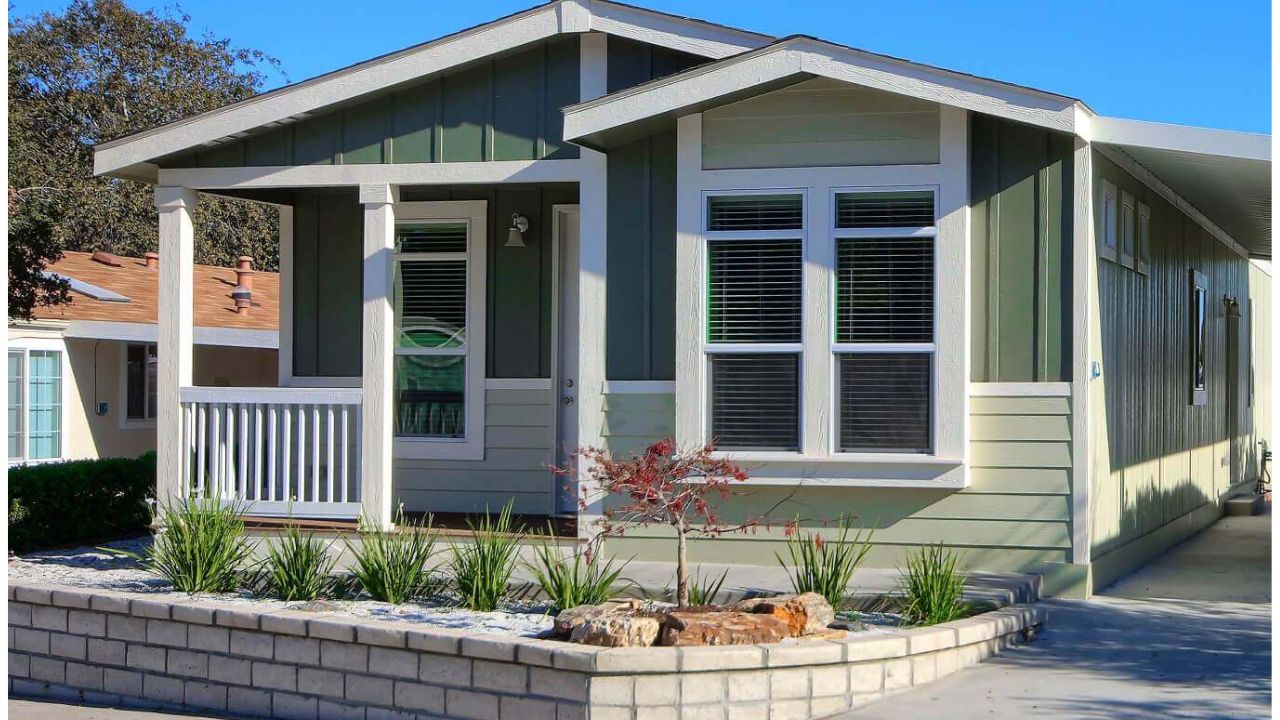Getting your U. S student visa is an exciting experience. You know every effort you put in has received its reward considering the number of applications they reject each year. And that the student visa requirements in the U.S are one of the toughest in the world.
According to Schengenvisainfo, the Northern European country of Finland, despite the high number of visa applications it receives annually, remains an easy Schengen country to get a visa from. Rejecting only 1.7% of the applications its consulates abroad received, you have high chances to get a Schengen Visa to Finland.
This isn’t the same storyline with the U.S. The U.S receives the highest number of visa applications in the world today, and we can understand why their rejection rate is high. But you don’t need to make any mistakes in your application process and go through the stress of reapplying.
A good head start will be to find out the student visa requirements in the U.S, and that is what a large part of this article will discuss. You can find every other aspect we will treat in this article on the table of contents.
What are the Different Student Visas?
Every student that steps on the soil of the U.S doesn’t have the same goal in mind. Although we can generally predict they want to study, they might nurse some other ambitions that influence them higher than their academics.
Generally, there are three types of student visa which include:
F-1 Student Visa
This is the student visa a lot of international students go for because of its wide scope. With this visa, you can study in the U.S under any of its accredited programs. In essence, you can choose to study English Language or any other course of your choice for the stipulated period with no hitches.
Getting an F1 student visa in the U.S requires just a few steps, which include:
Step 1: Pay SEVIS fee and Pick I-20 Collection Form
The first step to getting your F1 student visa is to pay your SEVIS fee and pick your I-20 collection form. This form will contain necessary details regarding your study purpose and plans. However, you can only get the form after you’ve paid the SEVIS fee. This fee you pay will support the Student Exchange and Visitor’s Program.
Step 2: Pay VISA Fee and Complete Your Form
After you’ve completed your SEVIS payment and gotten your form, you will need to pay the usual VISA fee to help kick-start the processing of your visa. While you complete payment of your VISA fee, you should consequently complete your form.
Step 3: Attend Your VISA Interview
Immediately you submit your I-20 Collection Form, you must get ready for your VISA interview. Because of the pandemic regulations, your VISA interview will probably happen over a video call. So, you must ensure you’re properly dressed for the interview.
J Exchange Visa
This is the type of visa you need when you want to take part in an exchange program that includes high school and university study. And you don’t need to go through the regimented process of an F1 student visa when this is your core goal.
According to Wikipedia, a John-1 (J1) visa is a non-immigrant visa issued by the United States to research scholars, professors, and exchange visitors taking part in programs that promote cultural exchange, especially to get medical or business training within the U.S. All applicants must meet eligibility criteria, English language requirements, and be sponsored either by a university, private sector or government program.
A J1 visa can last for as long as the program of the student. Additionally, the student can get to return to the United States for 30 days after completion of their program. To apply for a J1 visa, you need to complete the following steps which include:
Step 1: Find a J Sponsor
When applying for a J1 visa, you need a designated sponsor to accept you into their program. You have to be express proficiency in your English Language skills to get a designated sponsor organization to gain interest in you.
Step 2: Apply for the DS-2019
After a designator has accepted you into a program, you will need to submit the DS-2019 form also known as the “Certificate of Eligibility for Exchange Visitor (J-1) Status”. With this document, you can get an interview at the U.S embassy or consulate. You will get the form from your designated sponsor and if you’re coming along with your family, each member gets a separate form.
Step 3: Pay Your Fees
After you have completed your application, you will pay the SEVIS I-901 fee to the Department of Homeland Security (DHS) as part of your J-1 visa application. On some occasions, your sponsoring organization can pay this sum for you.
Furthermore, you will have to create a Nonimmigrant Visa Application Processing Fee to the Department of State. If you’re part of the U.S Government or any other government body, you don’t need to pay this fee.
Step 4: Interview with a U.S. Embassy or Consulate
Your interview with the J-1 visa application is the final process. However, prequel to this, a consular officer has to accept and verify your application. In your interview, you will need to answer questions regarding your study choice and your time of duration.
M Student Visa
The “M” visa is for non-academic or vocational studies. As an M-1 visa holder on a technical program, you’re not permitted to work during your studies. The M-1 student visa applicants must provide proof that sufficient funds are available to pay all tuition and living costs for the entire period of intended stay.
What are the Student Visa Requirements in the U.S?
When you want to apply for a student visa, opting for the F1 visa is a brilliant choice because of its flexibility. Your application process is actually direct, however, you still need to meet the student visa requirements for the U.S.
Generally, the student visa requirements for the U.S include:
Supporting Documents
While submitting your I-20 Collection Form, you need to input some additional documents. These documents include but are not limited to:
Certain educational institutions require some you submit some other documents that include:
Because of social distancing, your interview will be online. However, certain reasons might cause it to be physical.
FAQ
The application fee for the most common nonimmigrant visa types is US$160. This includes tourist, business, student, and exchange visas. Most petition-based visas, such as work and religious visas, are US$190. K visas cost US$265 and the fee amount for E visas is US$205.
Getting your visa to study in the United States takes time but can be a straightforward procedure while the application process for an international student or exchange visitor visa can confuse, hundreds of thousands of students can meet the requirements for a visa each year.
The U.S. consulate might not issue your visa decision, or the visa itself, on the same day as you appear in person to apply. In some cases, applications are referred for further administrative processing, which can take up to 60 days or more from the consular interview date to be resolved.
In the US the academic year is of 9 months, so the funds required for 9 months will be mentioned in I-20. If you wish to study a 2 years master’s in US and they have mentioned $ 40,000 in your I-20 form, then you will have to show atleast $80,000.
Conclusion
When you consider the student visa requirements in the U.S, you might be inclined to think it’s easy. Well, I completely agree with you as the process is easier than expected.
So, now you’ve figured out these requirements, your next step should be to apply for a student visa immediately.
References
Recommendations
DISCLOSURE: This post may contain affiliate links, meaning when you click the links and make a purchase, we receive a commission.






1 comment
Comments are closed.